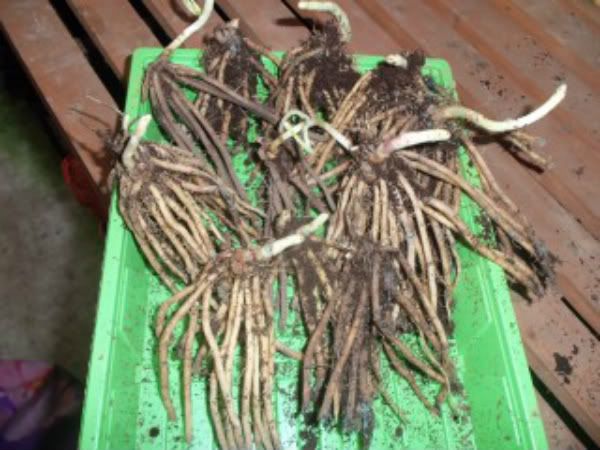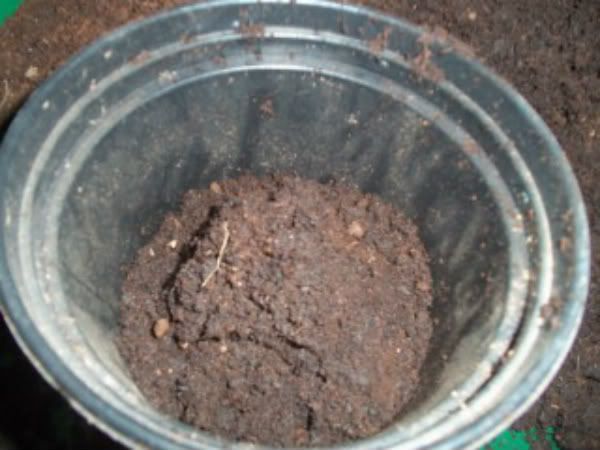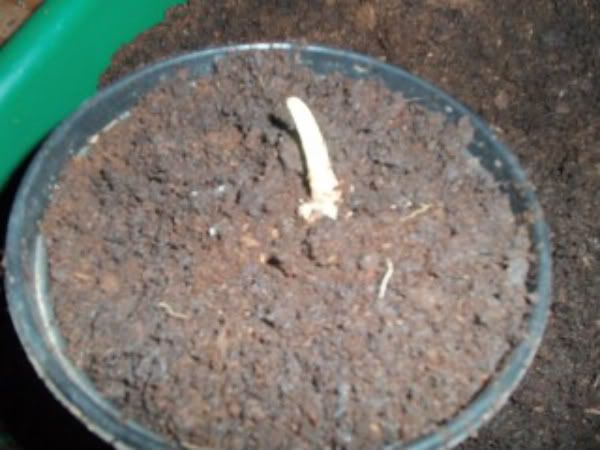Evening all,
Well you've got your new allotment, you've had a dream come true and now your wondering what the hell have i done????
All those other allotment holders are looking at my plot and waiting for me to appear and start "But how do i start" what do i do??
Well this thread and indeed the next few threads from me are to both help you and let you know we we're all starters once.
You've heard im sure of the term "Greenfingered gardeners"?
Oh he or she can grow anything "they've got green fingers".
"Rubbish".
if you see anyone with fingers that are green then they need to wash or see a doctor,
Real gardening is'nt about the colour of your skin its not that hard to garden and get really good results,
But you only get as much as you put in, in other words being a human and knowing what you need to be happy and grow strong is'nt that much different from growing plants/trees/shrubs etc.
Look at it this way,
some people like the sun and feel really good spending their holiday in the likes of spain,
Some other people hate the sun and are very unhappy and they may like to go to colder places for their holidays.
Whats this got to do with gardening? Some plants dont do well in full sun others like full sun,
Now if you find out what your plants needs are! your half way to growing them in a state that they will mature,
The same is true of the soil your planting or sowing into, ie some plants are lime lovers, other plants will die if they come into contact with lime,
some plants like acid soils and so the plan goes, "find out your plants likes and dislikes simple is'nt it"?
Now one more must know!
" what state is the soil in that you wish to grow in?"
In gardening terms this question is asked by saying "what is the P.H reading of your soil.
Again this is so easy for anyone to check, all you do is go to your local garden centre and buy a soil testing kit "it cost very little" a few pounds and what you'll get for your money is a chart with a colour section showing what the reading for each colour means, you'll get a tube to but your soil sample in and a chemicle solution to add to the soil, give these a shake and wait for the colour to appear, once this has happend all you then do is see whats the nearest colour on the chart to the colour you have in the tube and this will show you the nearest number opposit the colour ie 6.5
to 7 is about the average but if you have a higher or lower reading dont worry because you can do something about the changes needed for what ever your wanting to grow, adding manure or the likes of grow more will lift the reading number higher.
Now i hope you as the new gardener will understand that once the area of soil is cleared of weeds ect Before you plant anything its good to know your soil reading and if your plant will grow in it.
Coming back to us humans, it's just like you wanting to get fit,
you need to know the state of your heart reading etc before you start serious training (Then why would you not want to know what state your soil is in before you try growing in it??)
Well before you start wasting both your time and your money on all kinds of seeds and plants!
You need to know that they are being planted or sown in the correct conditions, (some people call this being green fingered

but you and i know otherwise)
Remember its the starting off right that delivers the best crops,
Anyone can grow weak small crops "but do they know why ?
Tomorrow's LOOK FORWARD, soil and compost & how it all works.
Regards and happy gardening.











 but you and i know otherwise)
but you and i know otherwise) Most seeds don't need light to germinate, but some like Salvias do - so they need to be left uncovered.
Most seeds don't need light to germinate, but some like Salvias do - so they need to be left uncovered.